
Joint Injections (AAEP Convention 2012)
Learn about the newest research and information about therapeutic joint injections for horses, including hyaluronan (HA), site prep, corticosteroids, infection, and more.

Learn about the newest research and information about therapeutic joint injections for horses, including hyaluronan (HA), site prep, corticosteroids, infection, and more.

Learn the newest information about stem cell therapy for mare uterine inflammation, superficial digital flexor tendon injuries, and more.

Drs. Lisa Fortier, Stephen Reed, and Pat McCue present recent study summaries. Topics include colic, endocrinology, metabolic syndrome, laminitis, foals, neurologic and muscle diseases, orthopedic therapies, racehorses, and upper airway issues.

Lameness topics include track surfaces, suspensory, flexion tests, sesamoid, and non-weight-bearing injuries, and more.
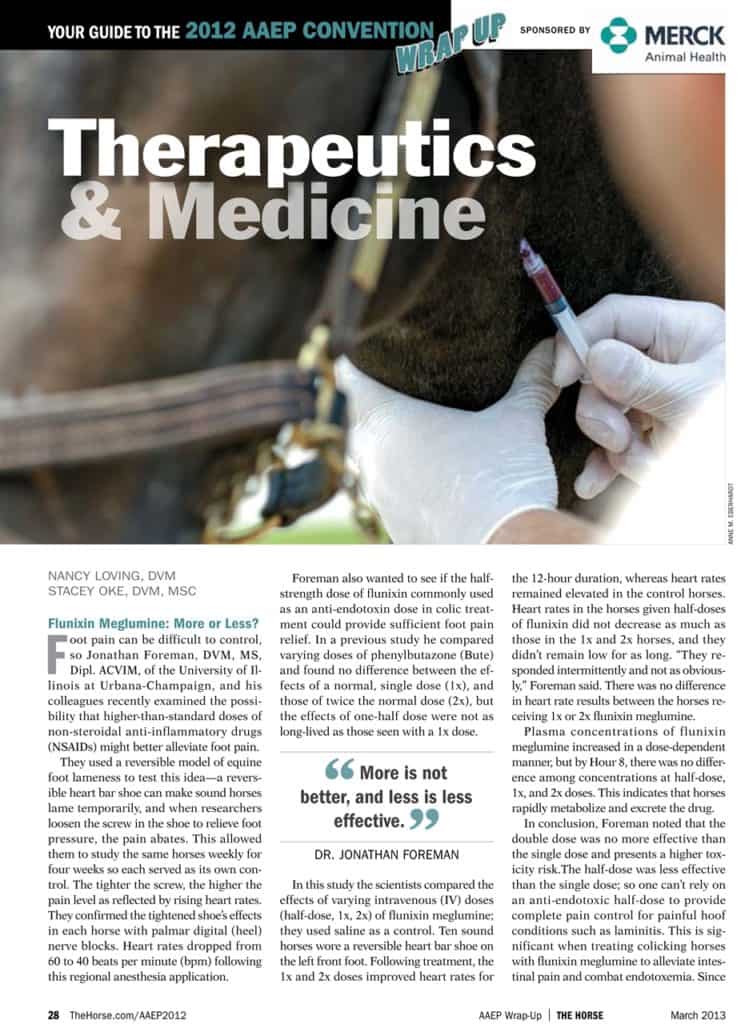
Find out about flunixin meglumine dosage for hoof pain; comparing IV and oral bute testing; and using the antispasmodic gastrointestinal drug N-butylscopolammonium bromide for use in eye exams.

Learn about diagnostic testing for insulin issues, lyme disease, L. intracellularis, and respiratory conditions.
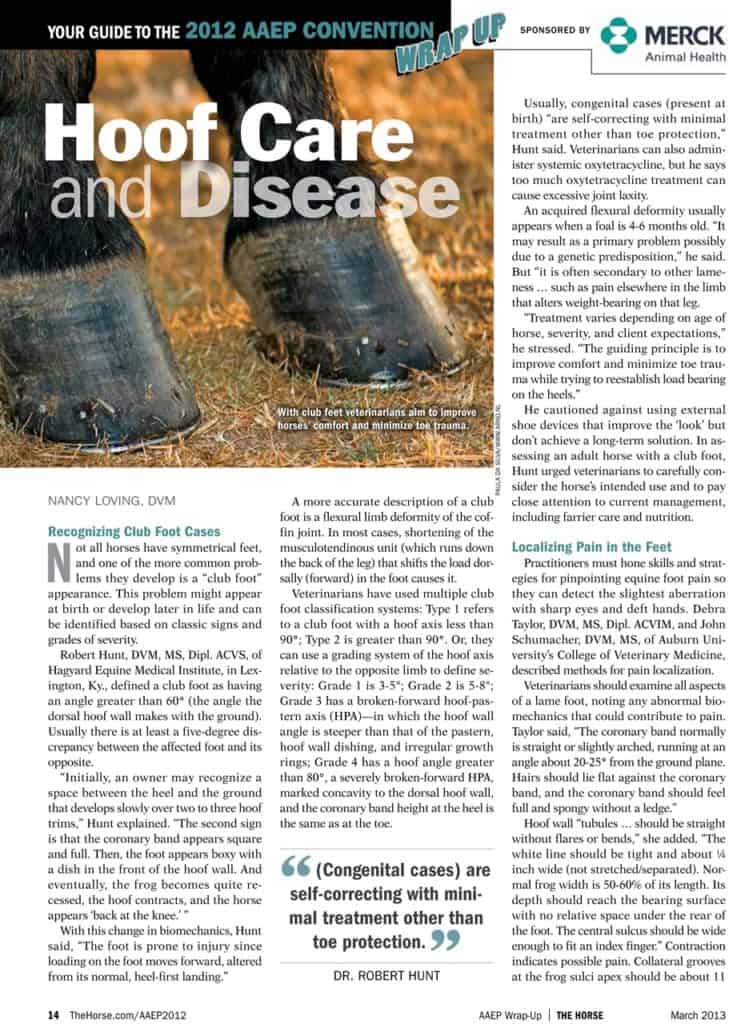
Learn about club feet, localizing pain, hoof biomechanics, and the role radiographs play in farriery.
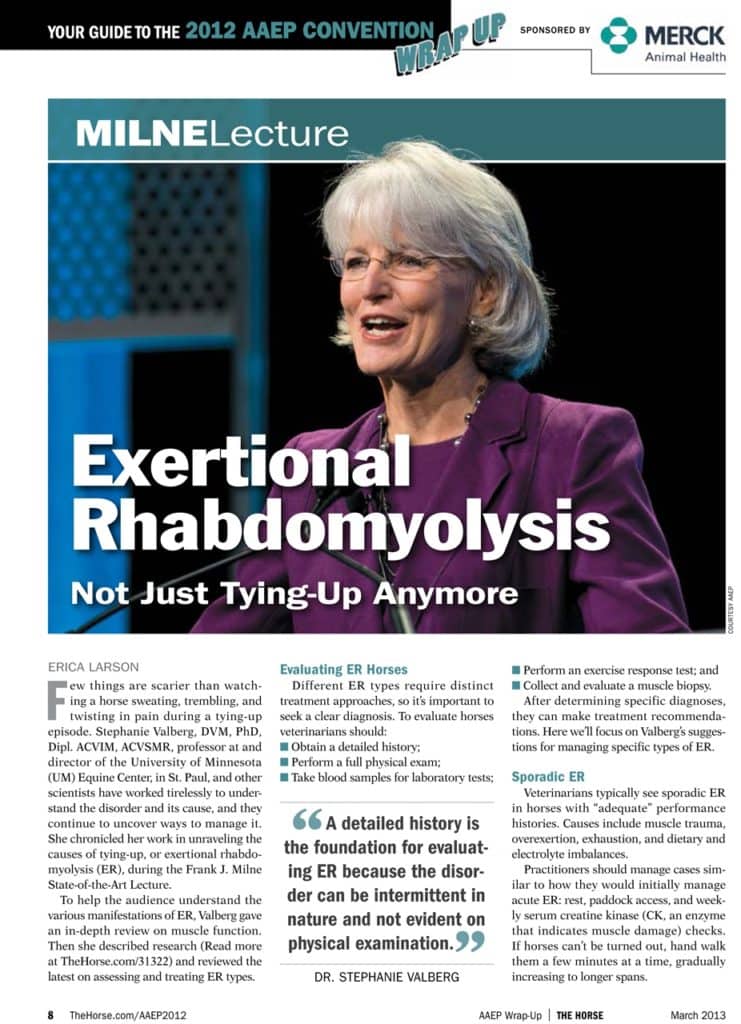
The University of Minnesota’s Dr. Stephanie Valberg discussed exertional rhabdomyolysis (formerly tying up) the 2012 Frank J. Milne State-of-the-Art lecture during the 2012 AAEP convention.

One veterinarian reviewed the steps in triaging acute equine neurologic emergencies in the field.

Ovulation in healthy mares was not impacted by acupuncture in this study.
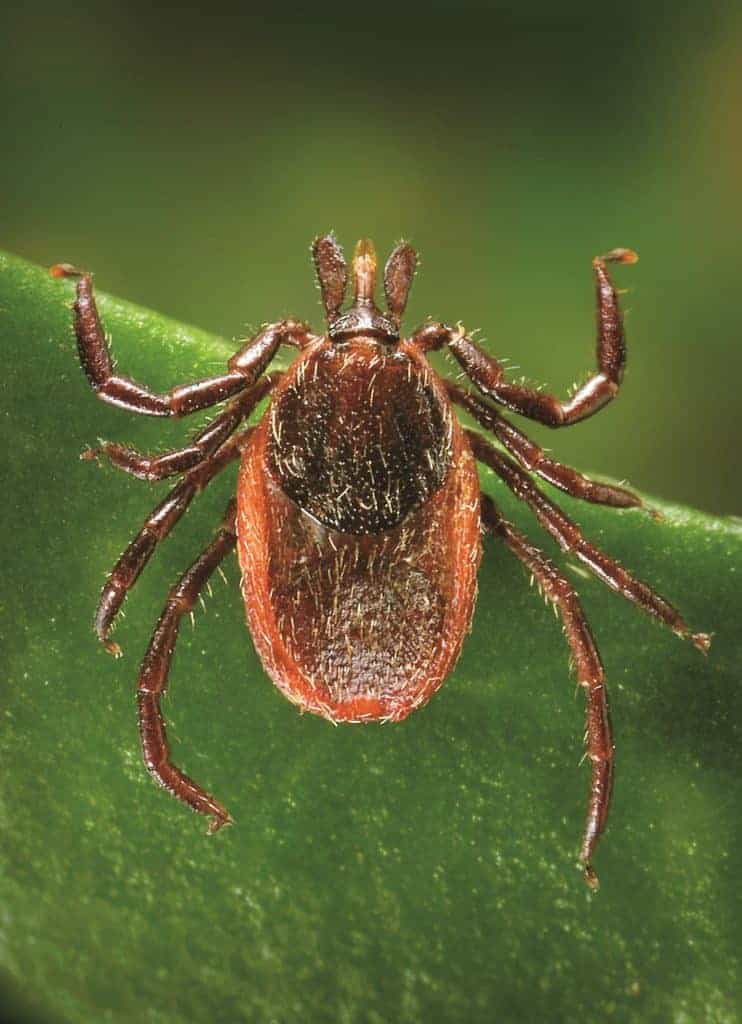
The new Lyme disease test can reportedly detect antibodies as early as two to four weeks following infection.

An oral sugar test might provide a more convenient means of screening horses for hyperinsulinemia.
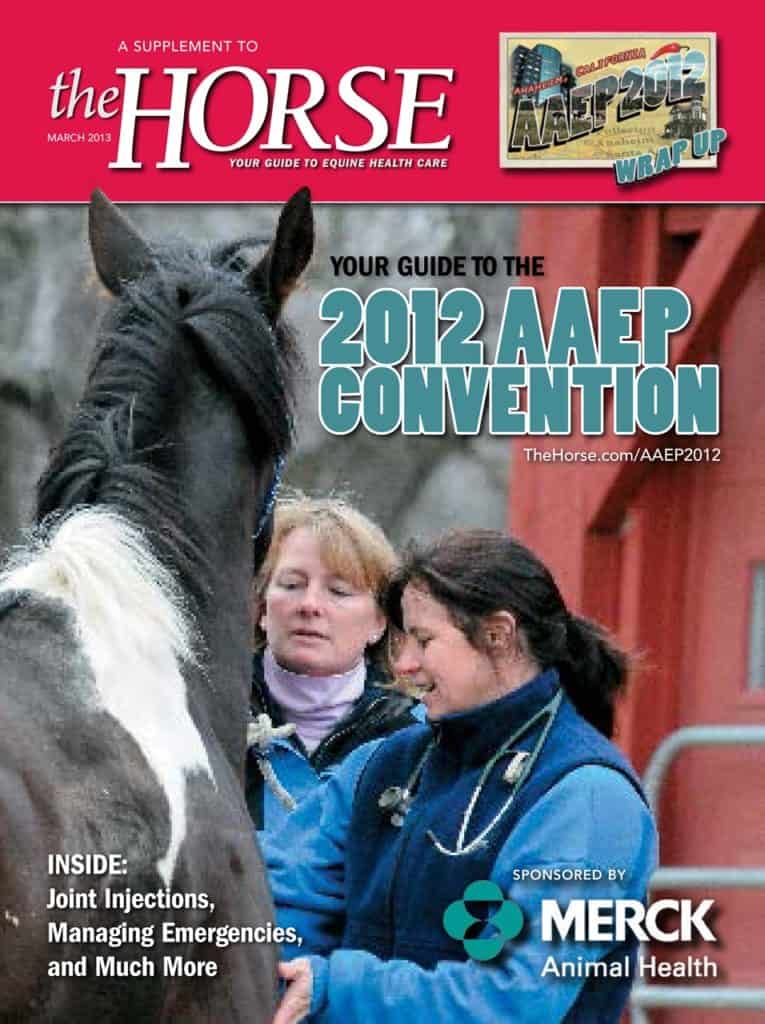
Our in-depth coverage of the 2012 American Association of Equine Practitioners convention in Anaheim, Calif., includes summaries of more than 100 up-to-date presentations and other sessions on all aspects of equine veterinary medicine.

Researchers found no significant improvement in SDFT injuries treated with mesenchymal stem cells.

Dr. Pat McCue gives a rundown on a number of 2012’s practical equine reproductive studies.

Try as they might to avoid them, veterinarians from time to time will manage medication mishaps.
Stay on top of the most recent Horse Health news with
Notifications